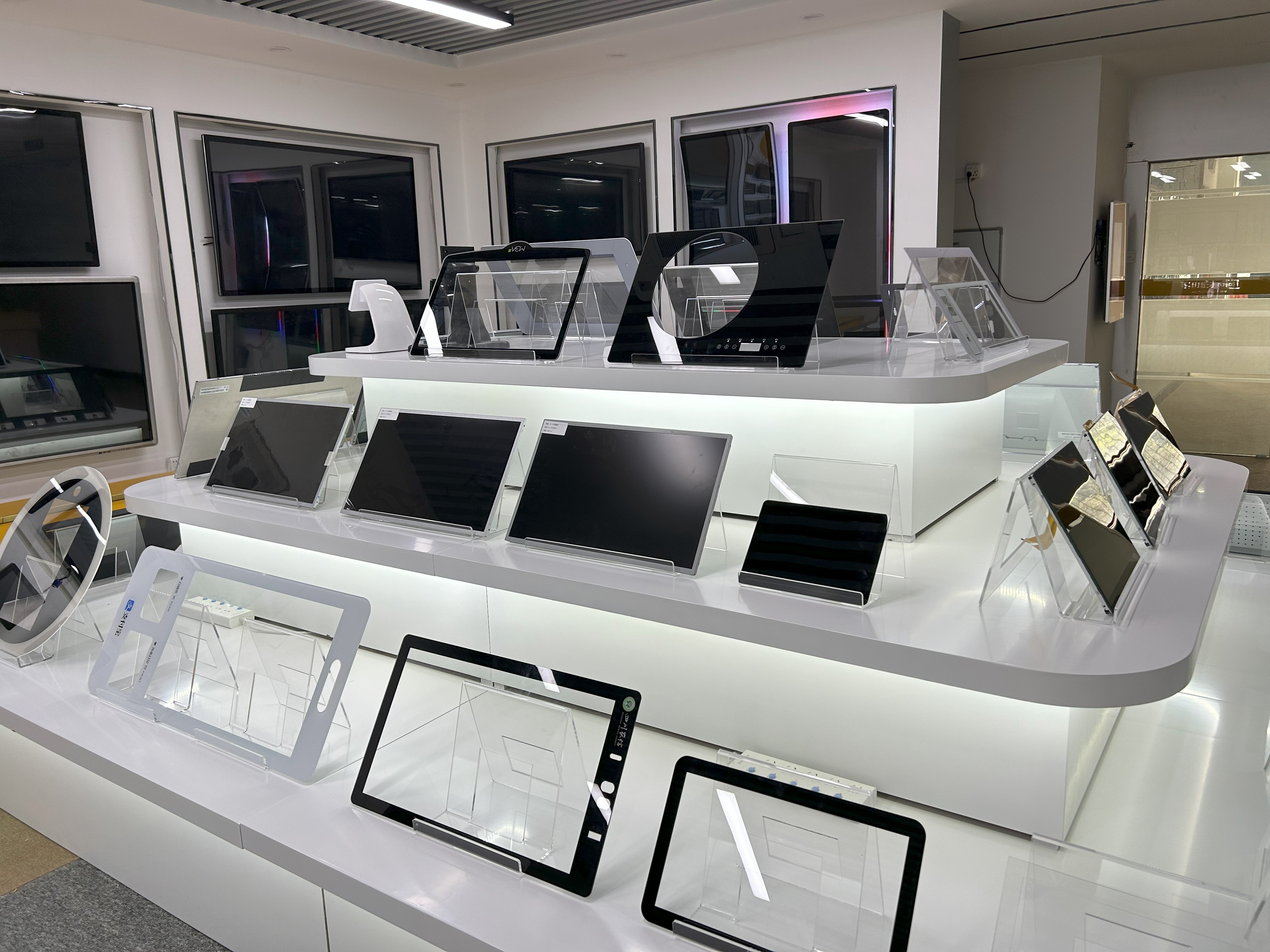Over the years, the touchscreen market has undergone major transformations, a testament to the rapid advancement of technology. This revolutionary input interface has revolutionized the way we interact with devices ranging from smartphones and tablets to laptops and televisions. In this blog, we take a deep dive into the evolution of the touchscreen market, highlighting its growth and its impact on various industries.
The birth of touch screen technology can be traced back to the 1960s, when it was mainly used for professional applications. However, it wasn’t until the advent of smartphones that touchscreens became a mainstream phenomenon. The launch of the iconic iPhone in 2007 marked a turning point, accelerating touchscreen adoption and paving the way for a digital future.
Since then, the touchscreen market has experienced exponential growth due to the growing demand for intuitive user interfaces. Touchscreens are quickly becoming a standard feature in countless consumer electronics and industrial applications as consumers seek more interactive and user-friendly devices.
The touchscreen market is highly diverse, covering a variety of technologies including resistive, capacitive, infrared and surface acoustic wave (SAW). Each of these technologies has unique advantages and is tailored to specific requirements. While resistive touchscreens provided the initial breakthrough, capacitive touchscreens later gained attention for their enhanced accuracy and responsiveness.
Today, touchscreens are an integral part of smartphones, tablets and laptops, providing seamless navigation and multi-touch functionality. They have also ventured into the automotive industry, transforming the once traditional car dashboard into a state-of-the-art control center. Touchscreen interfaces in vehicles not only enhance the driver experience, but also help improve road safety through hands-free communication and advanced driver assistance systems.
Additionally, touchscreens have revolutionized the healthcare industry by streamlining workflow and enhancing patient care. Medical professionals now use touchscreen devices to access digital medical records, enter data and monitor patients’ vital signs in real time. The integration of touchscreen technology significantly improves efficiency, accuracy and overall patient outcomes.
The education industry is also starting to adopt touchscreens, incorporating them into interactive whiteboards and tablets to enhance the learning experience. Students now have easy access to rich educational resources, allowing them to engage with content and explore concepts in a more interactive way. This shift makes learning more immersive, engaging, and available to a wider audience.
As the touchscreen market continues to boom, the digital signage industry has also been a major beneficiary. Touchscreen kiosks and displays have transformed traditional advertising platforms, offering a more interactive and engaging approach. Customers can now easily browse product catalogs, gather information, and even make purchases with a simple touch.
Looking ahead, the touchscreen market is expected to see further growth and innovation. Emerging technologies such as flexible and transparent touch screens hold great promise for applications in various industries. The integration of touch screens with augmented reality (AR) and virtual reality (VR) technologies opens new avenues for immersive experiences, games and simulations.
In conclusion, the touchscreen market has come a long way since its inception. From humble beginnings to ubiquitous interfaces, touchscreens have revolutionized the way we interact with technology. Their impact spans every industry, transforming healthcare, education, automotive and digital signage. With continuous advancements and breakthroughs, the future of touchscreens looks exciting and full of possibilities.
Post time: Aug-09-2023





